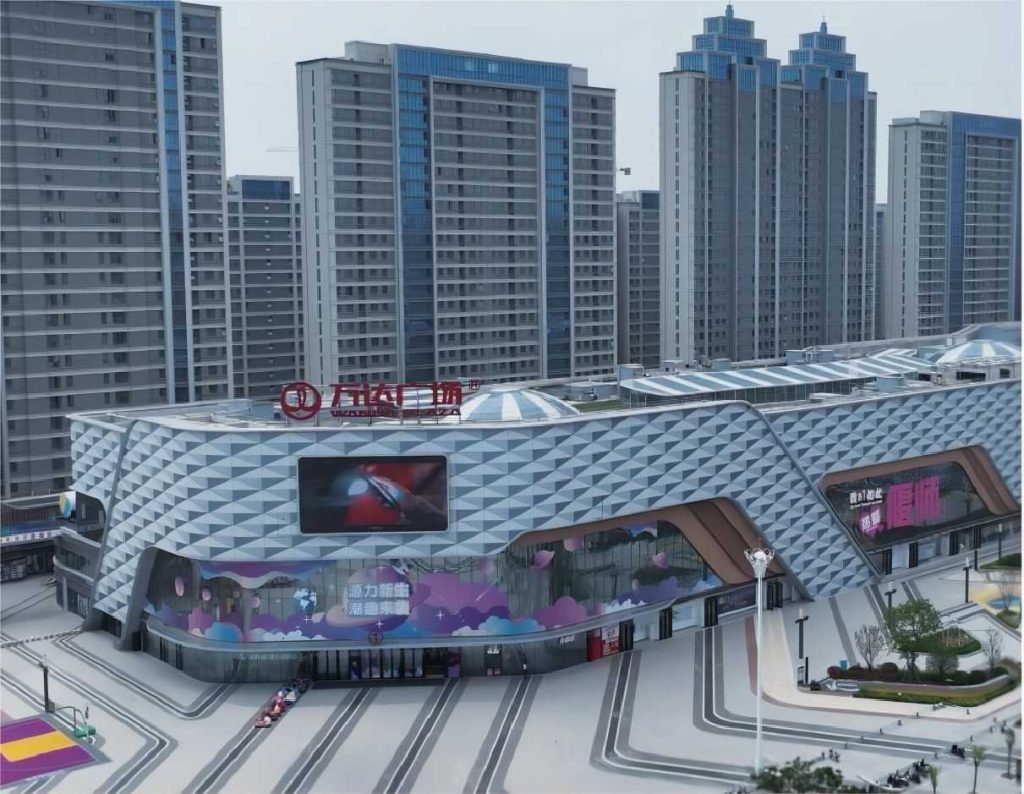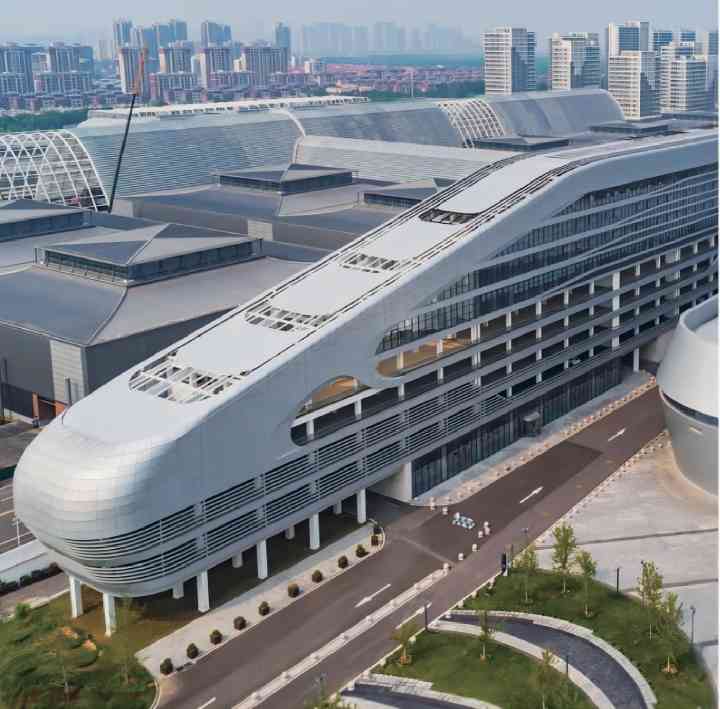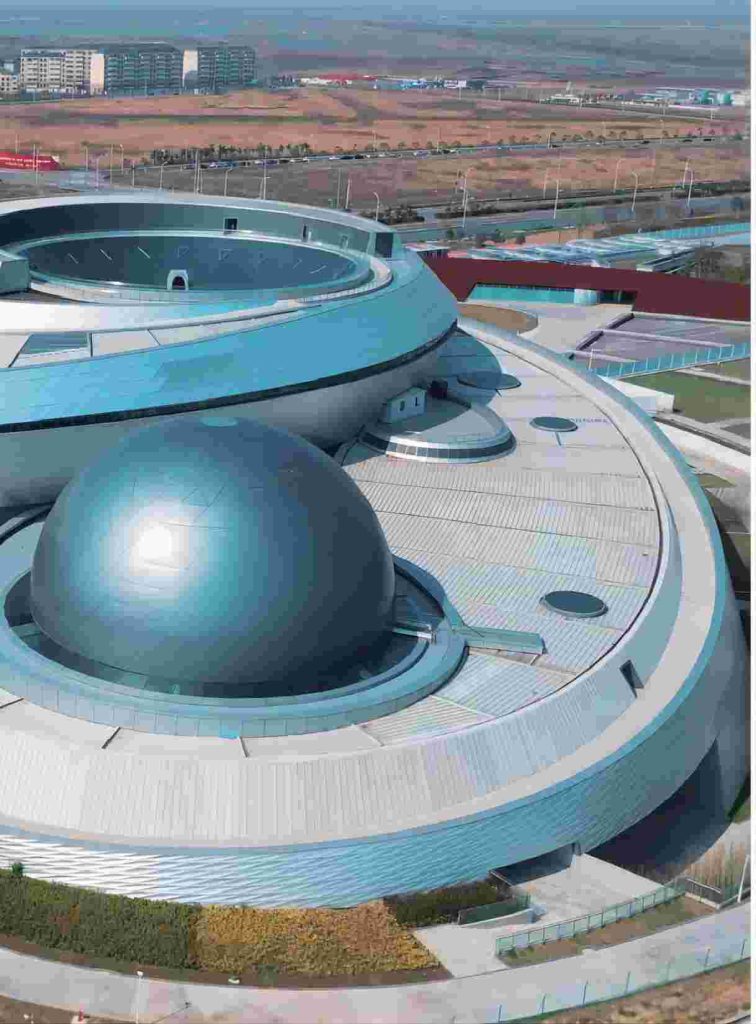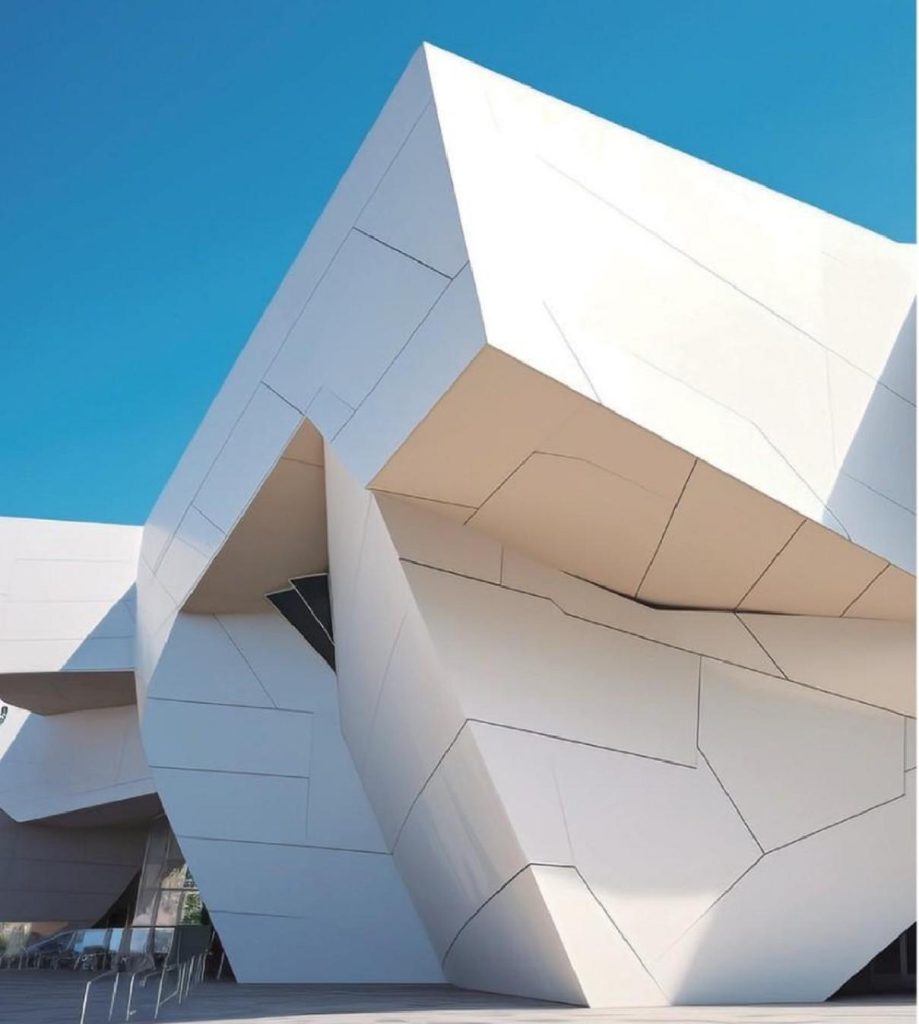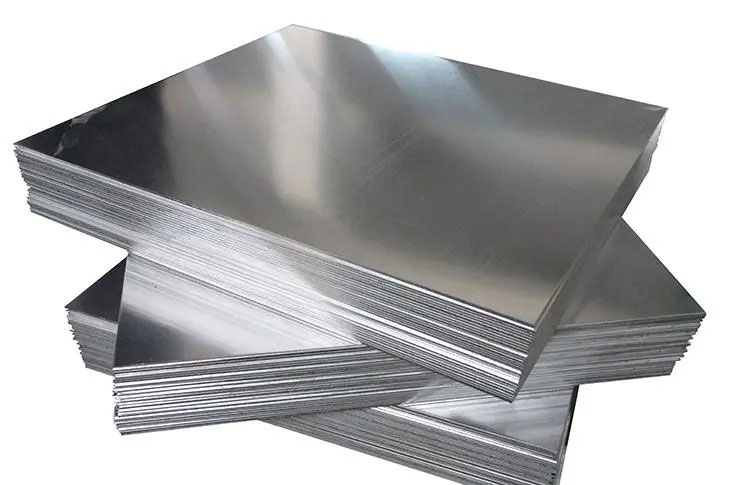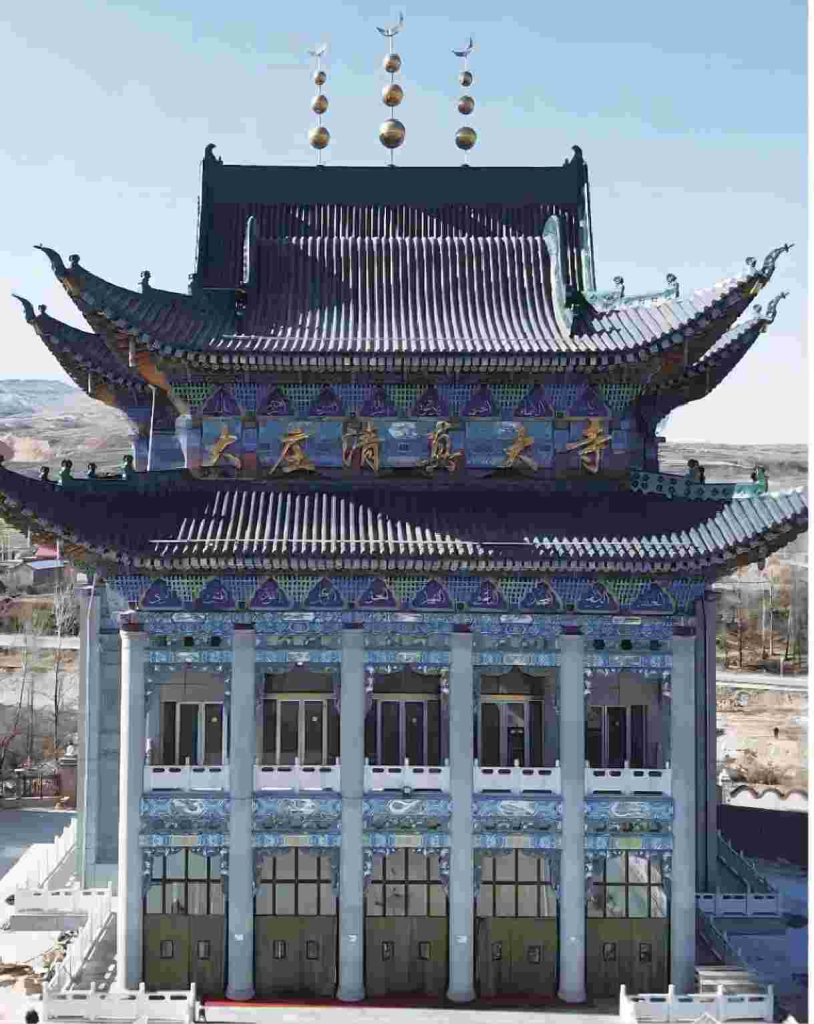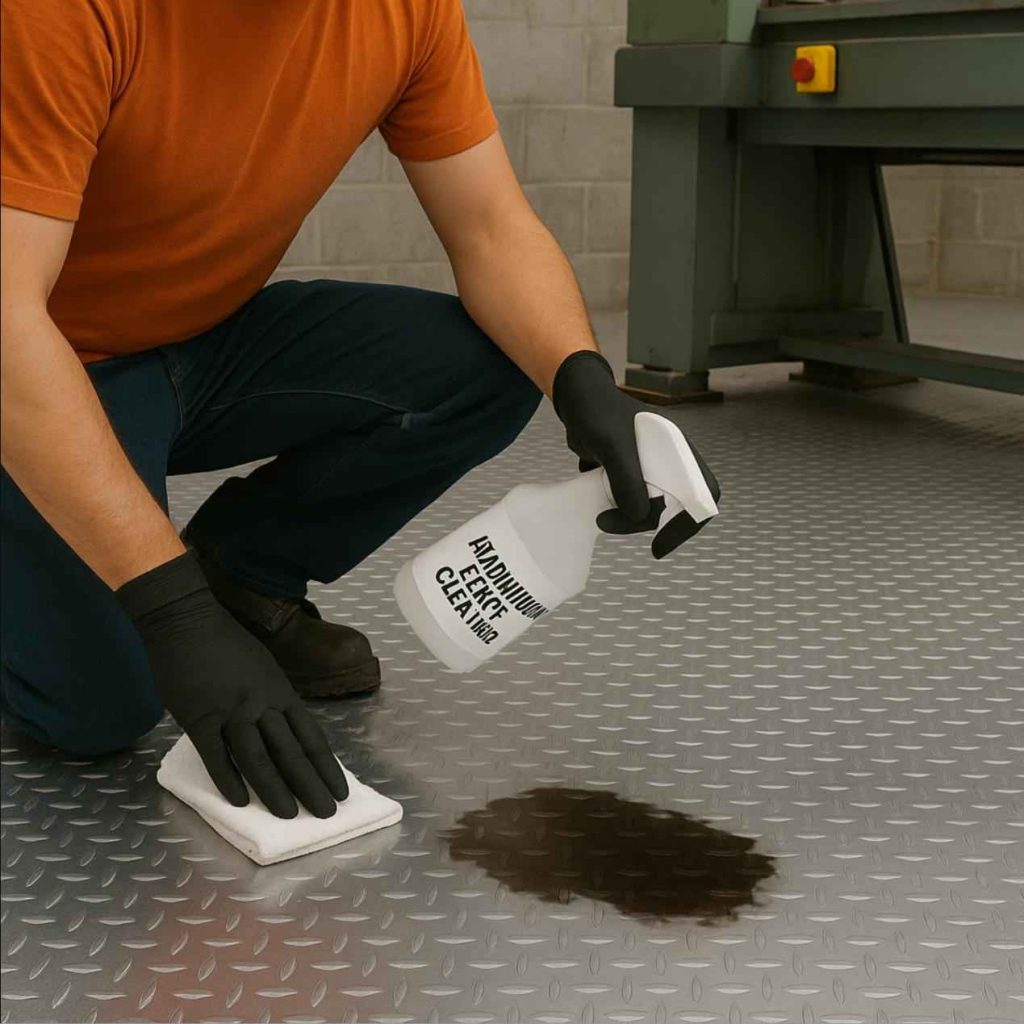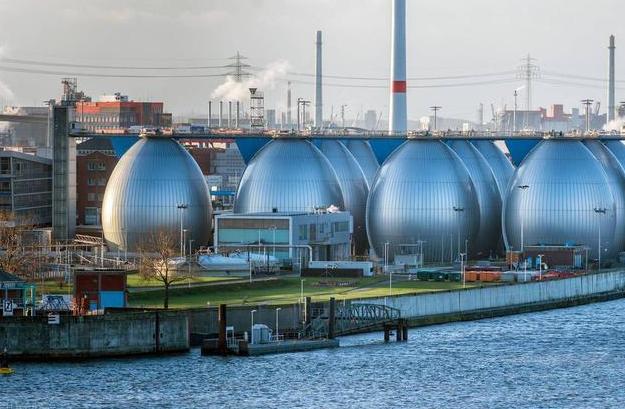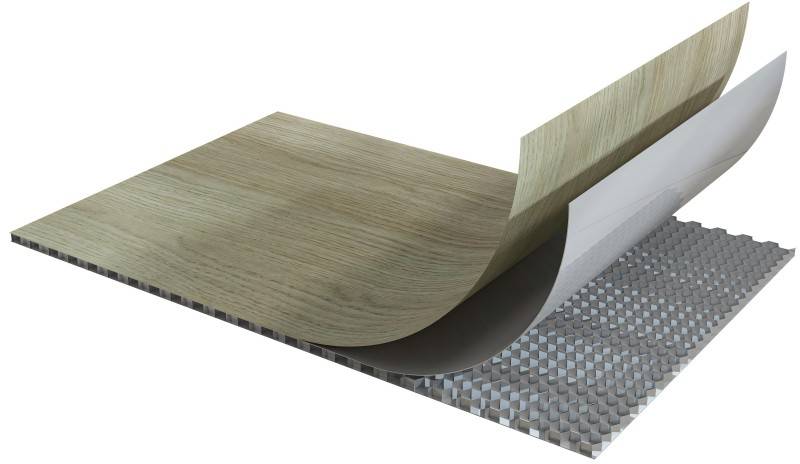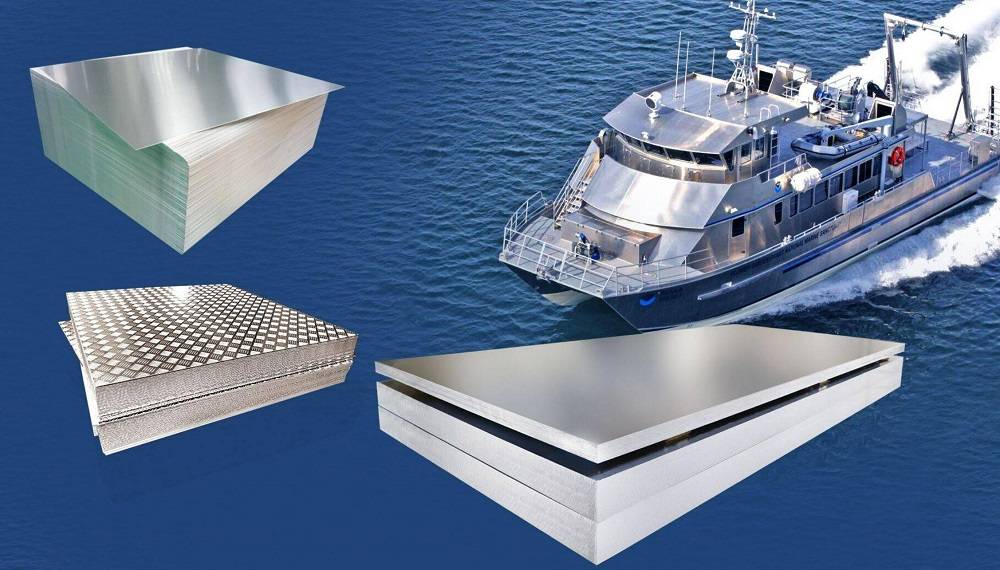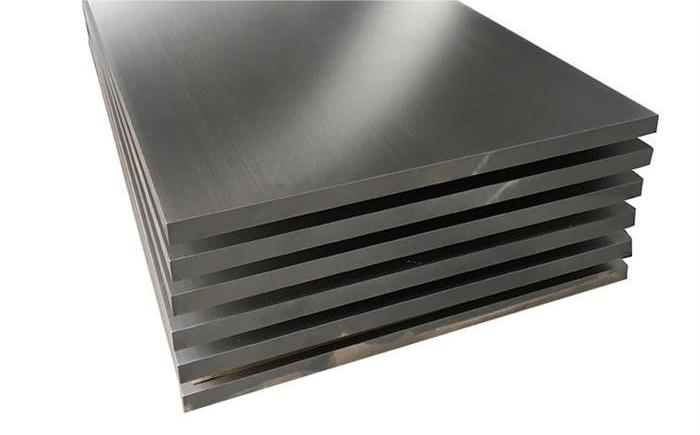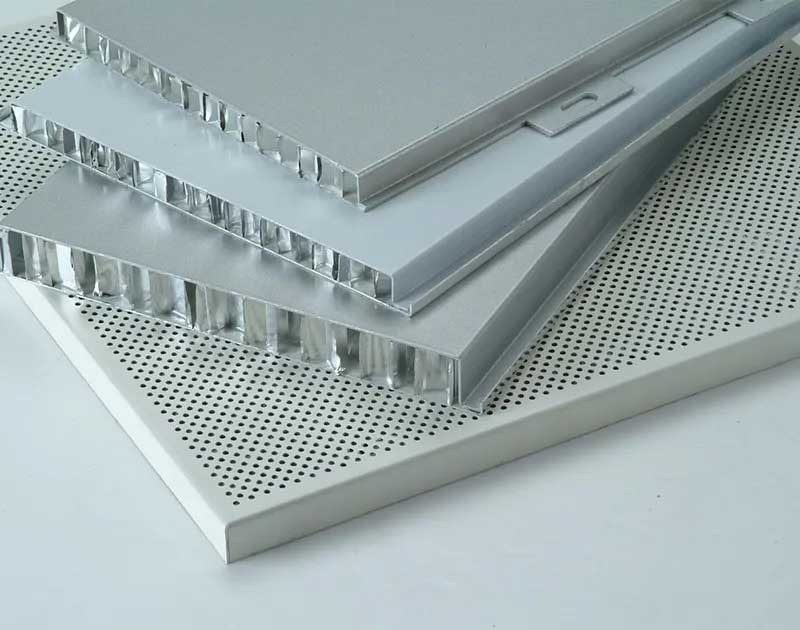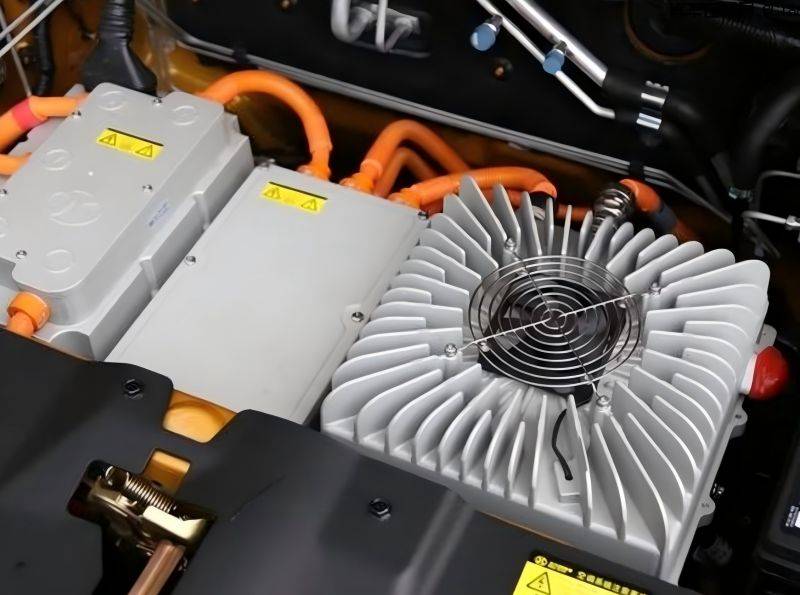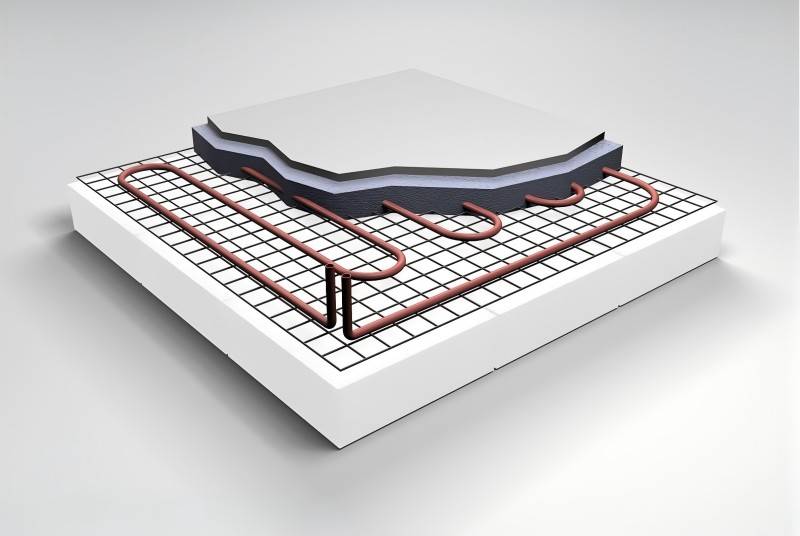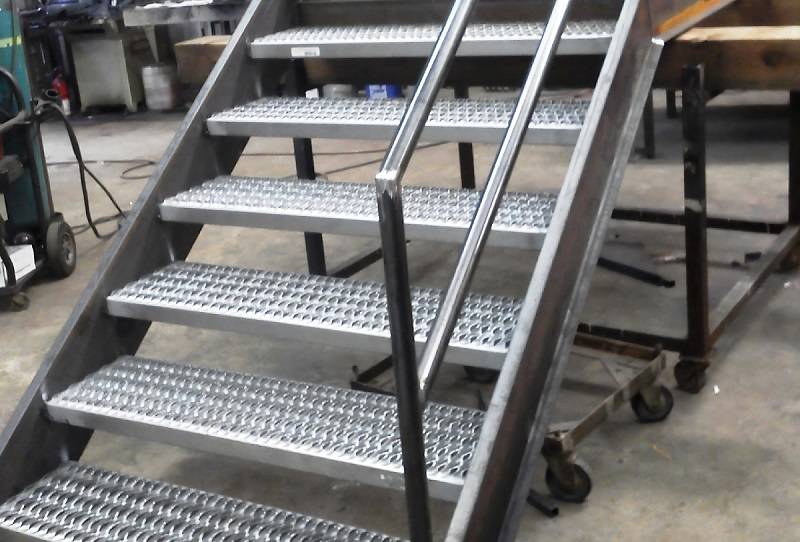Aluminum standing seam roofs are a popular choice for many homeowners due to their durability, longevity, and aesthetic appeal. However, it’s important to be aware of both the advantages and potential problems associated with this type of roof before making a decision.
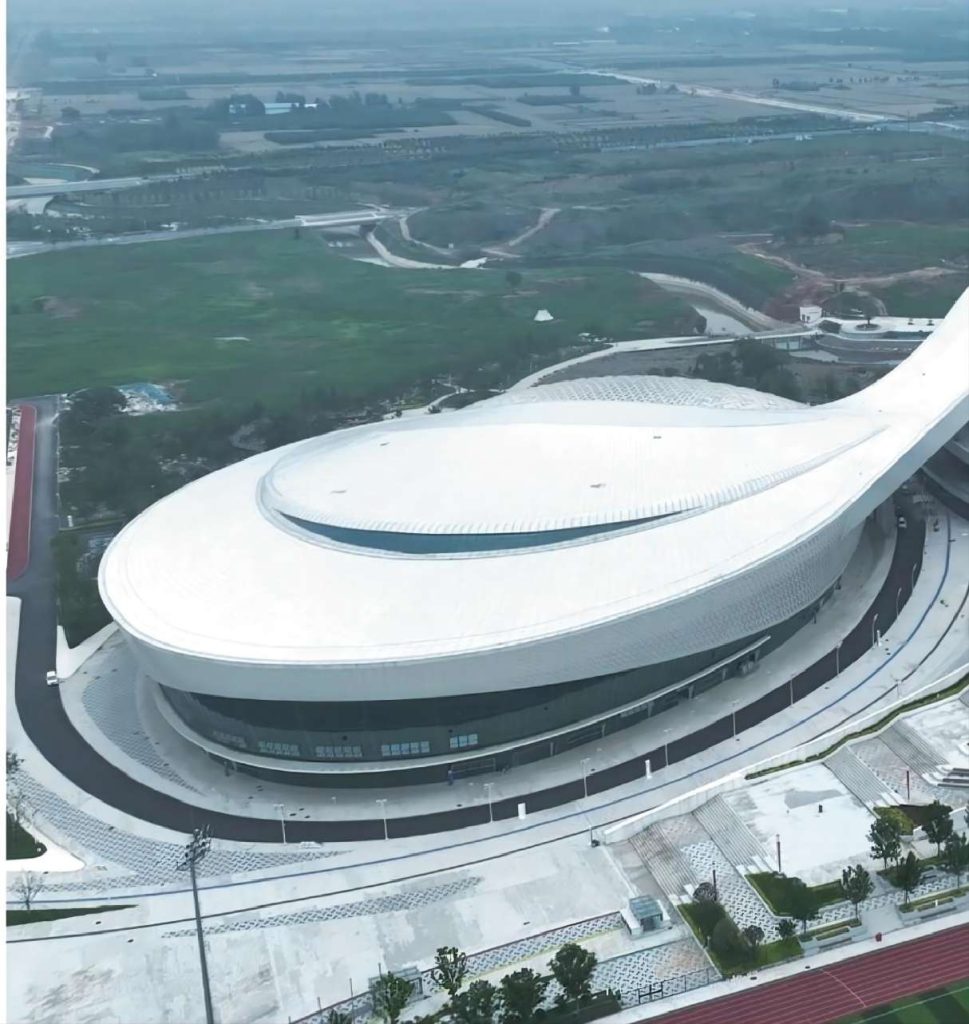
Advantages of Aluminum Standing Seam Roofs
- Durability: Aluminum standing seam roofs can last for 50 years or more, making them one of the most durable roofing materials on the market. They are resistant to wind, hail, snow, and other extreme weather conditions.
- Longevity: Aluminum standing seam roofs require minimal maintenance and can last for decades. This can save you money on repairs and replacements in the long run.
- Energy Efficiency: Aluminum standing seam roofs can reflect heat away from your home, which can help to reduce your energy bills.
- Fire Resistance: Aluminum is a non-combustible material, which makes it an excellent choice for homes located in areas with a high risk of wildfires.
- Low Maintenance: Aluminum standing seam roofs require very little maintenance. They don’t need to be painted or sealed, and they can be easily cleaned with water and soap.
- Lightweight: Aluminum standing seam roofs are lightweight, which can be helpful for homes with weak roof structures.
- Recyclable: Aluminum is a recyclable material, which makes it an environmentally friendly choice.
- Aesthetics: Aluminum standing seam roofs are available in a variety of colors and styles, which can enhance the curb appeal of your home.
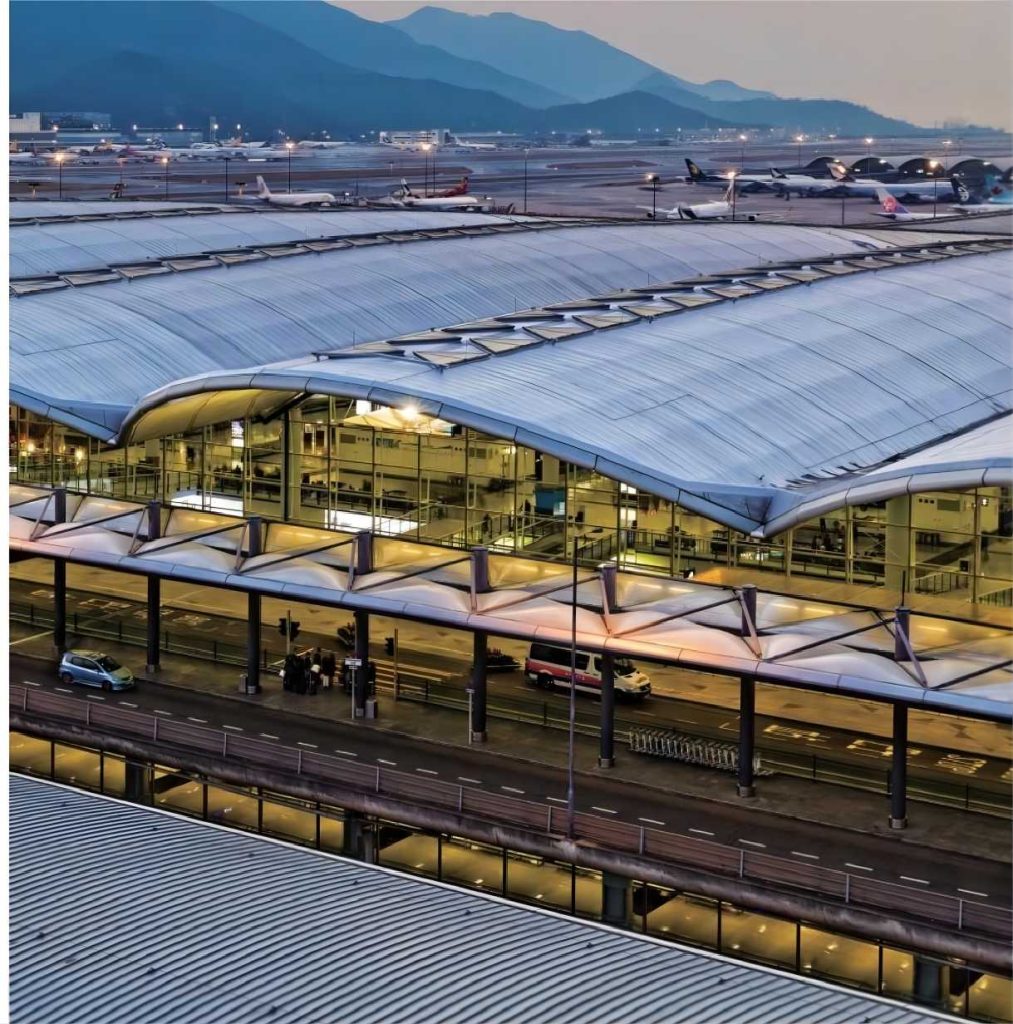
Common Problems and Solving Solutions of Aluminum Standing Seam Roofs
While aluminum standing seam roofs are known for their durability and low maintenance, they can still experience some problems over time. Here are some of the most common issues and how to solve them:
- Leaks:
Leaks are one of the most common problems with any roof, including aluminum standing seam roofs. They can be caused by a variety of factors, such as:
- Improper installation: If the roof is not installed correctly, it can create gaps or holes that allow water to enter.
- Damaged panels: Panels can be damaged by hail, wind, or falling objects.
- Deteriorated sealant: The sealant that helps to keep the panels watertight can deteriorate over time.
How to solve leaks?
The best way to solve a leak is to identify the source of the problem and then repair it. This may involve replacing damaged panels, re-sealing the seams, or making other repairs. It is important to hire a qualified roofing contractor to make sure the repairs are done correctly.
- Corrosion:
Aluminum is a naturally corrosion-resistant metal, but it can still be corroded by exposure to salt water, air pollution, or other harsh chemicals.
How to prevent corrosion?
There are a few things you can do to prevent corrosion on your aluminum standing seam roof:
- Choose a roof made from a high-quality aluminum alloy that is resistant to corrosion.
- Install the roof in a well-ventilated area.
- Regularly clean the roof with a mild detergent and water.
- Inspect the roof annually for signs of corrosion and make repairs as needed.
- Noise:
Aluminum standing seam roofs can be noisy, especially in heavy rain or hail. This is because the panels can vibrate and create a drumming sound.
How to reduce noise?
There are a few things you can do to reduce noise on your aluminum standing seam roof:
- Install a sound barrier between the roof panels and the roof deck.
- Use thicker gauge aluminum panels.
- Install rubber pads under the panels.
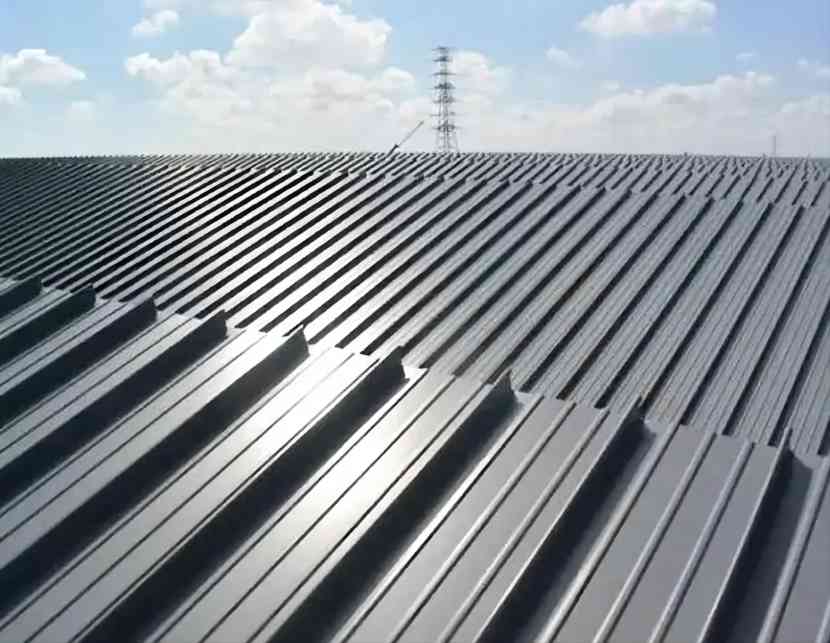
- Expansion and contraction:
Aluminum expands and contracts with changes in temperature. This can cause the panels to buckle or warp.
How to accommodate expansion and contraction?
There are a few things you can do to accommodate expansion and contraction on your aluminum standing seam roof:
- Use panels with expansion joints.
- Install the roof in a way that allows for movement.
- Regularly inspect the roof for signs of buckling or warping and make repairs as needed.
- Algae growth:
Algae can grow on any roof, including aluminum standing seam roofs. This can make the roof look unsightly and can also reduce its energy efficiency.
How to prevent algae growth?
There are a few things you can do to prevent algae growth on your aluminum standing seam roof:
- Keep the roof clean and free of debris.
- Treat the roof with a fungicide or algaecide.
- Install a metal roof coating that is resistant to algae growth.
- Snow and ice dams:
Snow and ice dams can form on any roof, including aluminum standing seam roofs. This can lead to leaks and damage to the roof.
How to prevent snow and ice dams?
There are a few things you can do to prevent snow and ice dams on your aluminum standing seam roof:
- Install a snow and ice dam barrier.
- Keep the roof clear of snow and ice.
- Make sure the roof is properly ventilated.
By following these tips, you can help to prevent problems with your aluminum standing seam roof and ensure that it lasts for many years to come.
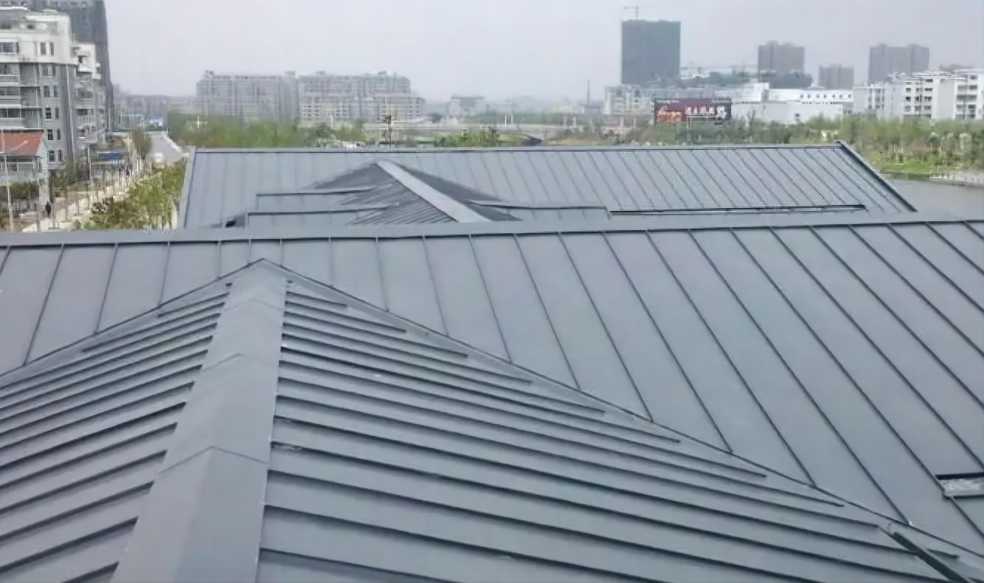
Conclusion
Aluminum standing seam roofs offer a number of advantages, including durability, longevity, and energy efficiency. However, they are also more expensive than other types of roofs and can be noisy. It’s important to weigh the pros and cons carefully before making a decision about whether an aluminum standing seam roof is right for your home.

